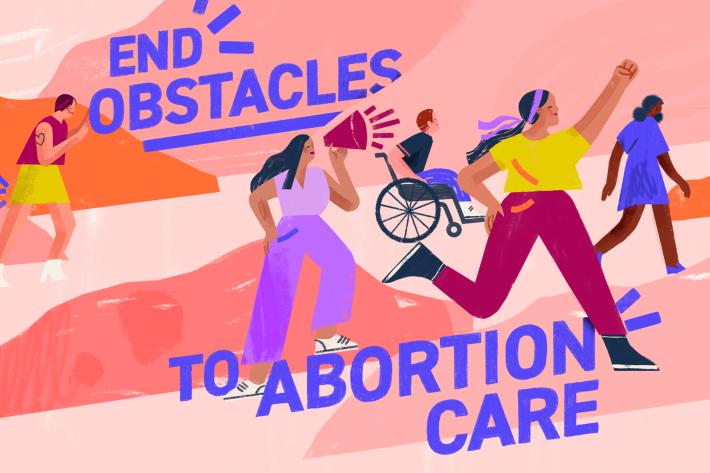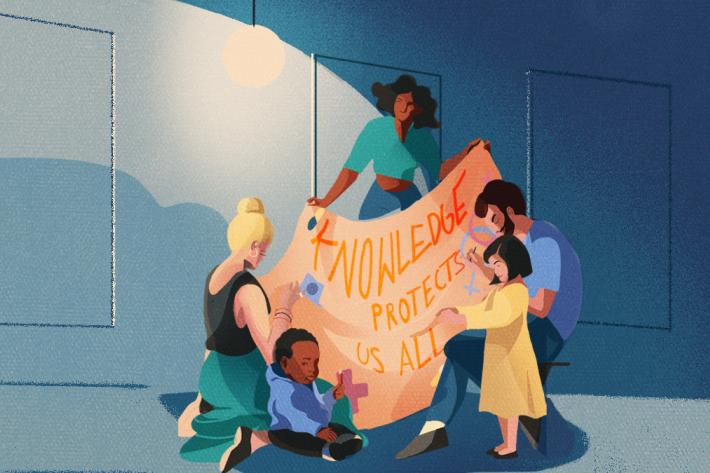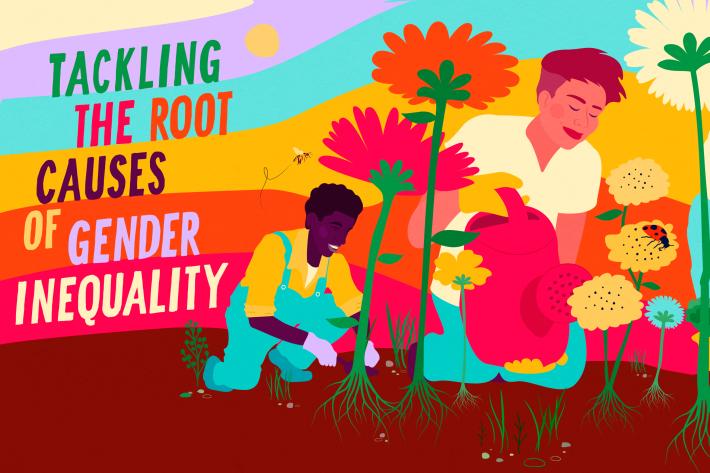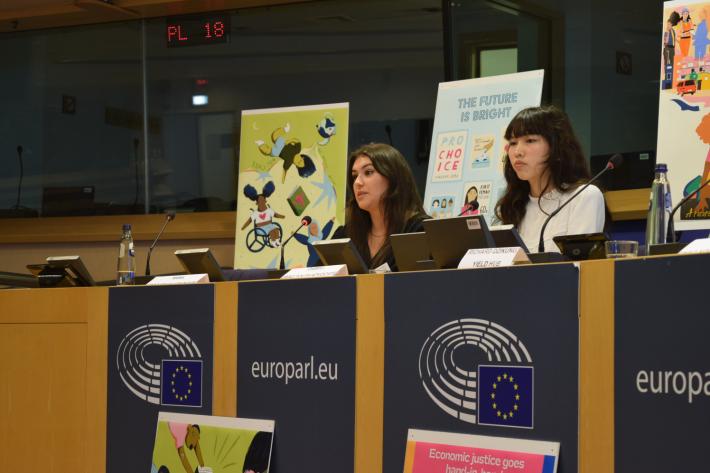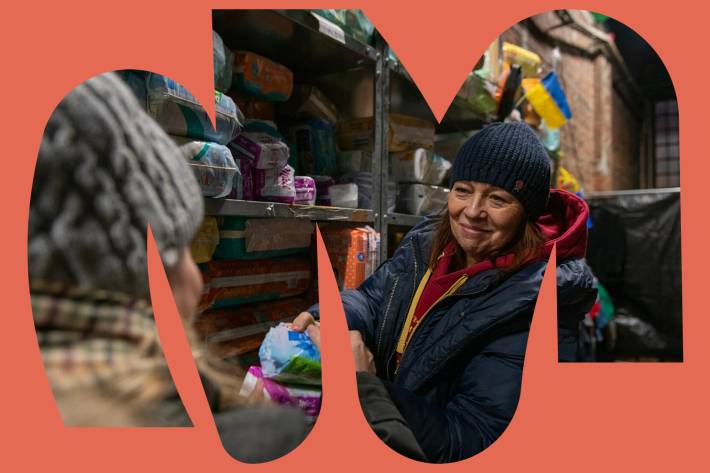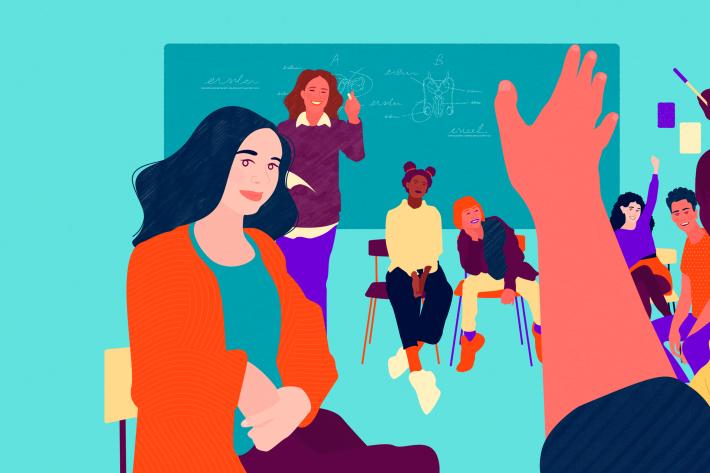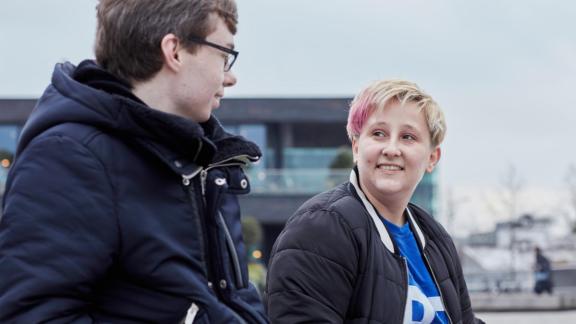Spotlight
A selection of resources from across the Federation
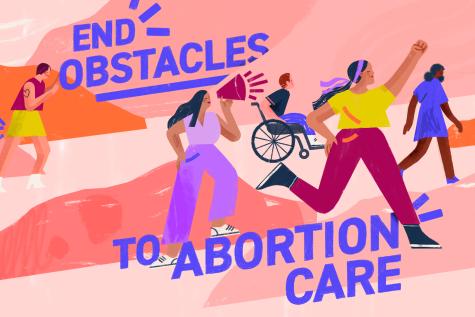
Abortion Care and Costs in Europe and Central Asia
IPPF EN carried out research into the economic burden that women face in accessing abortion care in Europe and Central Asia. This factsheet provides a snapshot of the findings.
Filter our resources by:


| 14 January 2022
My Body, My Rights - short film
When vulnerable communities, volunteers and professionals unite for reproductive freedom, they are a powerful force for change. Our short film features five stories that show how IPPF members in Bulgaria, Romania and Serbia are supporting the lifelong reproductive health and safety of Roma girls, women and young people, working on the multiple fronts necessary to improve access and uptake of quality family planning and maternal health care. Learn more about the My Body, My Rights project here.

| 14 January 2022
European abortion policies atlas
The joint EPF-IPPF EN “European Abortion Policies Atlas” scores 52 European countries and territories on legal frameworks to access safe abortion care and clearly shows that Europe is not as progressive as it might seem. This first in-depth analysis of abortion policies across Europe finds that legislation on abortion care throughout the region is a diverse legislative and administrative patchwork - the consequence being that women’s experience of abortion care largely depends upon their postcode: 31 countries don’t include abortion in the national health system’s financial coverage - this penalises all women and girls, but specifically the vulnerable (e.g. low income, living in rural areas, Roma, sex workers and undocumented migrants). 19 countries, including several known for progressive stances, force women to endure medically unnecessary requirements before accessing abortion care (compulsory and sometimes biased counselling, forced waiting periods). A safe, voluntary abortion should not be treated as a crime. And yet, 16 countries in Europe regulate abortion care primarily through their criminal and/or penal code. 26 countries allow health workers to deny care on the basis of their personal beliefs or convenience, thus potentially placing women in serious danger. 18 European countries fail to provide people with clear and accurate information about abortion care. Governments have a responsibility to safeguard the right of women and girls to lead free and safe reproductive lives without discrimination and coercion. We call on governments to: Modernise abortion laws (decriminalise abortion laws, extend time limits) Ensure that abortion care is covered by the national health system Remove unnecessary obstacles in accessing abortion care following WHO recommendations Prohibit health providers from legally opting out of any part of the full spectrum of reproductive health care Provide accurate information about abortion care.

| 07 October 2015
Policy Briefs on Sexuality Education
The Federal Centre for Health Education BZgA in Germany, the United Nations Population Fund (UNFPA Regional Office for Eastern Europe and Central Asia), and the World Health Organisation (WHO Regional Office for Europe) with input from various experts, including representatives from IPPF EN Member Associations, jointly develop a series of policy briefs on sexuality education. The first two issues have now been released and answer the questions: - What is sexuality education? - And what is the impact of sexuality education? The policy briefs are targeted to politicians and other decision makers, primarily in Europe and Central Asia, and provide them with short and comprehensive information on different issues regarding sexuality education. As an advocacy tool, the policy briefs promote good quality sexuality education as an effective life-course intervention which supports children and young people in protecting their sexual health and general well-being. Policy brief No. 1 provides background information on the history, the benefits and the rights-based approach of sexuality education and further discusses myths and facts in this field. It argues that children and young people can greatly benefit from good quality sexuality education, which are age and development appropriate. Policy brief No. 2 summarises the scientific evidence regarding the impact of sexuality education on the sexual health and well-being of children and young people. In this regard, it explores public health-related indicators but also so called “soft outcomes” of sexuality education, such as the development of a positive attitude towards sexuality, as well as skills in communication, decision-making and critical thinking. It is also possible to order hard copies from BZgA.
| 28 June 2015
Annual Report 2014
We are proud of so many achievements in 2014. Drawing on the huge wealth of experience inside our incredibly diverse network of activists for sexual and reproductive health and rights, IPPF EN has continued our fight to bring change and new possibilities for ordinary people. For example, the groundbreaking work we are doing to empower young people with learning disabilities is changing lives in 12 countries. We have succeeded in using legal instruments to ensure people are treated with dignity and receive the services they need. We have continued challenging gender stereotypes and patriarchal social norms to help ensure that young people are able to reach their full potential. And our advocates have worked passionately to make the case for ambitious international commitments to ensuring greater equality and tackling poverty in the coming decades. Download our Annual Report to read more about our work and its impact throughout Europe and Central Asia in 2014.

| 16 March 2015
Vision 2020 Gender Report
The second report in our Vision 2020 series, this publication, "SRHR- the key to gender equality and women’s empowerment" sets out how SRHR is critical to gender equality and women’s empowerment across three dimensions. It explores how ensuring universal access to SRHR can promote economic growth, social equity and political participation. Pathways of empowerment This report examines the links between sexual and reproductive health and rights and gender equality. It explores the different pathways of empowerment that girls and women experience, and analyzes how these pathways are affected by sexual and reproductive health and rights. Policy focus and attention given to gender equality and women’s empowerment has been growing over the last decade, and there are some areas where links are established more conclusively. Although there is strong documentation on the health benefits of investment in sexual and reproductive health, until recently the non‑medical benefits, such as higher levels of social and political participation, have been largely ignored, partly because they are difficult to measure. While the social and economic implications of sexual and reproductive health and rights are often overlooked, they are no less real. More attention is needed to explore the links between sexual and reproductive health and rights and other critical areas relating to gender equality, such as the representation of women in political and public life. Methodology and priority themes For the purposes of this report, and in line with accepted wisdom on emerging areas of priority, we focus on the following core areas relating to gender equality: 1) equality in social development, 2) economic participation and 3) participation in political and public life. Within each area, we discuss key links with sexual and reproductive health and rights as well as identifying ways in which these links contribute to empowerment experienced by girls and women. IPPF carried out desk reviews of existing policy research: over 350 references were reviewed on the following focus areas: sexual and reproductive health and rights and the social development of girls and women (including health, education, and freedom from sexual and gender-based violence) sexual and reproductive health and rights and women’s economic participation sexual and reproductive health and rights and women’s participation in political and public life Resources were gathered for review using three main methods: 1) electronic database searching, 2) cross-referencing of reference lists of related articles and reviews and 3) consultation with experts in the fields of sexual and reproductive health and rights and gender equality. Papers were prioritized for inclusion if they met a number of criteria: if they appeared to provide a clear international policy overview of key review themes and evidence given from a rights-based perspective, with statistically proven linkages, case studies and/or findings from qualitative studies; were published recently, and within the last 10 years; were published in English; corresponded most closely to agreed keyword searches; and were cited widely. During the first phase, these methods were used to search the libraries of an agreed group of multi‑lateral institutions; key donors and governments; non‑governmental organizations working in the fields of sexual and reproductive health and rights, gender equality and development; and key global and regional partnerships. Findings were then verified and enriched, with gaps identified and filled, using searches in relevant public health and gender journals, along with regional and national policy reports and studies that fitted the search criteria closely and/or that came recommended.

| 15 January 2015
Women's access to modern contraceptive choice - Barometer 2015
A ‘Barometer’ report launched by IPPF EN in 2015 analyses how easily women in 16 EU countries can access modern contraceptives. It finds that overall, the situation in most countries has stagnated or worsened in recent years. The EU countries covered by the report are: Bulgaria, Cyprus, Czech Republic, Denmark, Finland, France, Germany, Ireland, Italy, Latvia, Lithuania, The Netherlands, Poland, Romania, Spain, and Sweden. Information on participating national partners can be found in the report. The report’s findings are based on information about the national policy landscapes provided by national experts in each of the 16 countries, using a series of policy benchmarks that are key to ensuring access to modern contraceptives. The information was collected, analysed and reviewed between May and November 2014. The report is endorsed by the European Society of Contraception and Reproductive Health (ESC) and International Centre for Reproductive Health (ICRH).









